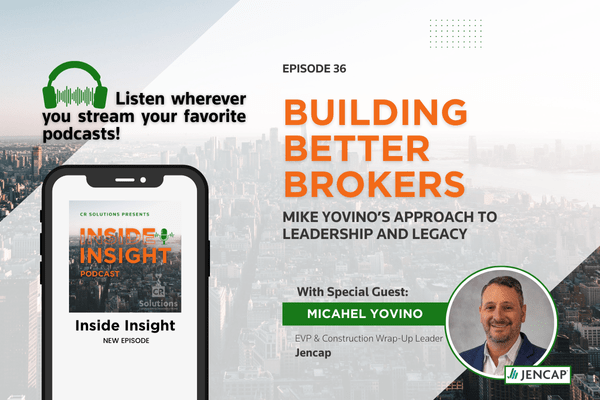“One thing that is often overlooked is to staff up sufficiently so that people are not rushed and stressed and prone to making mistakes. Particularly on large complex projects putting a bit more into good management and supervision can save many times the cost.” – Matthew Lohden, BIM Integrator at Gafcon, Inc.
It’s no secret, if you are involved in construction operations you are faced with more challenges and pressure than ever before. Get your copy of our new guide, Top 5 Challenges Facing the Construction Industry and How to Solve Them, click here to download the 19-page guide.
CAUSES OF COST OVERRUNS
In a broad sense there are three explanations for cost overruns exist: technical, psychological, and political-economic.
Practical examples of cost overruns are caused by:
Time delays as a result of weather, site conditions, delivery of materials, community involvement, civic groups, NIMBY (Not in My Backyard!) syndrome, codes and permits, changes to design, inspections, and the implementation of changes to safety laws all lead to cash flow problems.
Rising costs of labor, insurance, and materials due to inflation, poor productivity and project performance, environmental discoveries and abatement costs (toxic waste, asbestos abatement, mold) lead to increased overhead costs.
Legal claims, incidents, mitigation, government regulation, permit approvals, and cost of fines.
3 TIPS ON HOW TO CONTROL COSTS
1) Getting a Good Estimate
When millions of dollars are on the line getting an accurate estimate from a professional cost estimator is vital. It is not likely that an estimator’s initial projections will match the final project costs – however the estimate will guide the project’s budget and financing, and will determine whether a project may be financially viable or profitable. An estimate report is necessary to secure financing and get your project started.
Why get an estimate? Estimates help keep the project budget on track. Keeping an eye on initial estimates helps to control costs and maintain schedule.
What project elements are considered in an estimate? Equipment, material, labor, subcontractors, and schedules.
2) Communication is Critical
Communication breakdown could effectively disrupt the entire construction process. Good communication improves team morale, and fosters ideas and feedback sharing.
Project managers and their superintendents play a key role in collaborating with the various trade contractor foremen, who in turn play an equally vital role communicating with their respective individual trade members.
Insufficient communication often leaves employees with incomplete instructions regarding a task. Lacking information, employees may not recognize an existing or potential hazard and become exposed.
3) Use Agile Project Management. A less explored possible cause of cost overruns on construction projects is the escalation of commitment to a course of action. This theory, grounded in social psychology and organizational behavior, suggests the tendency of people and organizations to become locked-in and trapped in a particular course of action and thereby ‘”throw good money after bad” to make the venture succeed.
Traditional or Waterfall project management requires that each phase must be complete prior to beginning any work on the next. The waterfall method limits customer feedback and agility because each phase has been planned out already and is on a rigid course to completion. Traditional project management locks in plans and limits changes when plans fail.
Agile Construction is a way of doing business adapted to construction job sites and overall project delivery, born from Agile manufacturing and project management, mostly used in manufacturing production, automotive, and software developing teams.
Regular check-ups are built into the project cycle to address relevant issues while they are fresh. This results in continuous improvement and a better project outcome. Using Agile, teams can be better prepared for typical challenges like changes of schedules, unknown conditions, and availability of materials.
In Agile, first you build, measure how the projects respond, and learn whether to pivot or stay on course with same development. Agile developers don’t use statements of work with a list of all potential plans because you need to gather feedback constantly and then incorporate – it should not be pre-planned.
Agile Construction improves the contractor’s ability to rapidly adapt to job site changes, minimizing the time between when a risk is detected and corrected. This requires a better mechanism to capture these changes and a better infrastructure for addressing them. Agile project management applied for construction can also make gains in pre-design and design phases of construction, and with a more highly trained and motivated workforce deliver a better consumer value.
For more tips, download our free 19-page guide, Top 5 Challenges Facing the Construction Industry and How to Solve Them with easy to understand and even easier to apply strategies. Get your copy here.
Take the next step and see if a wrap-up is right for your project? Contact us here and we will be in touch.





